Understanding Automated Packaging and Its Impact on Supply Chain Efficiency
In today's fast-paced global market, the integration of Automated Packaging systems has emerged as a pivotal factor in enhancing supply chain efficiency. According to a recent report by McKinsey & Company, companies that adopt automation in their packaging processes can achieve efficiency gains of up to 30%, significantly reducing operational costs and minimizing waste. This shift not only streamlines packaging operations but also accelerates product delivery timelines, thereby improving customer satisfaction. Furthermore, a survey from the Automated Packaging Association indicates that 70% of manufacturers are planning to invest in automated solutions within the next few years, recognizing the critical role that automated packaging plays in adapting to the increasing demand for faster and more reliable supply chain performance. As we delve deeper into the realm of Automated Packaging, it becomes essential to understand its various components and the transformative impact it has on operational efficiencies across diverse industries.
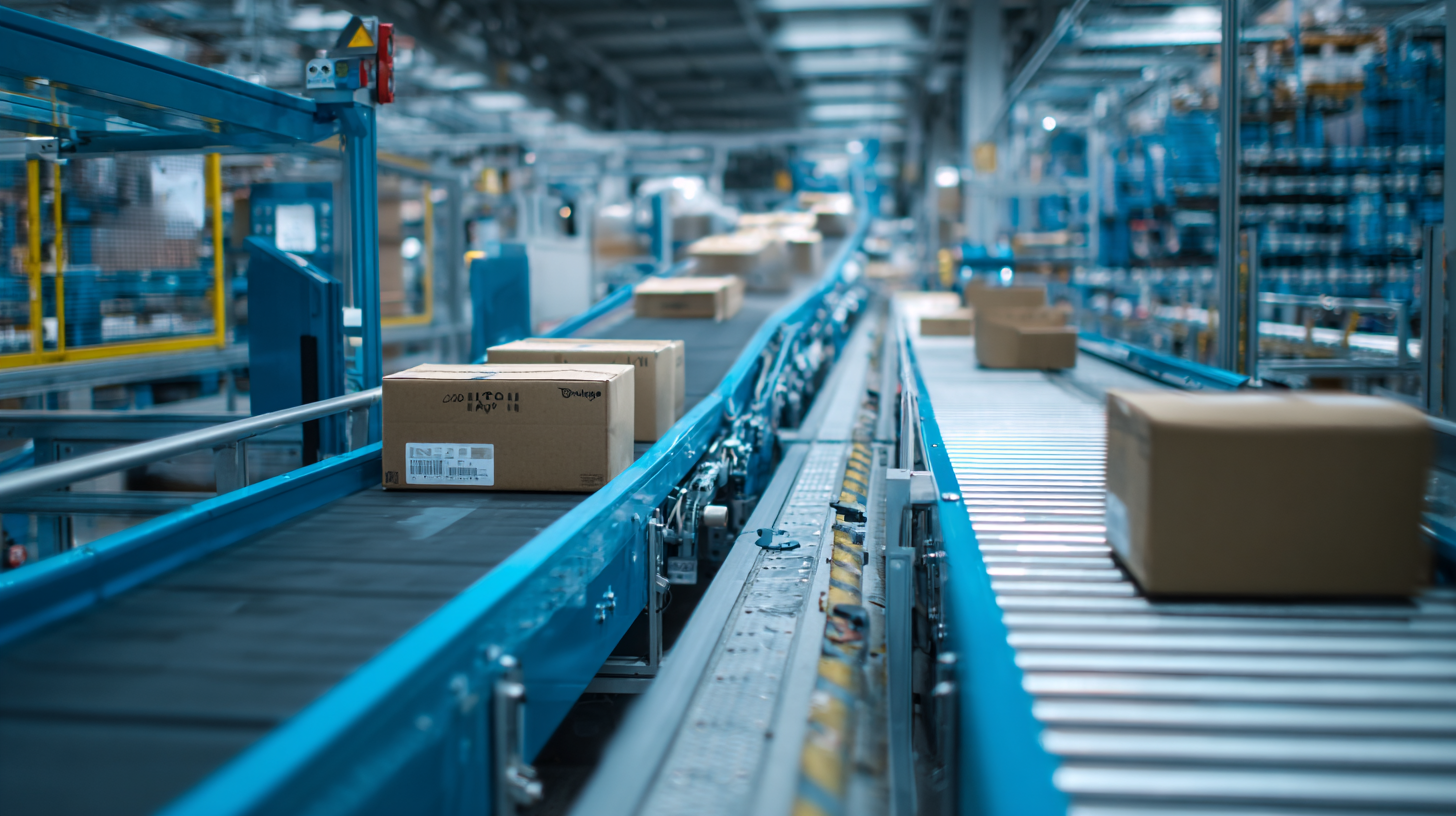
The Rise of Automated Packaging: Revolutionizing Supply Chain Dynamics
The rise of automated packaging is revolutionizing supply chain dynamics, driving efficiency and transparency in ways previously unimagined. As businesses increasingly adopt automation technologies, the automated packaging market is projected to reach a valuation of $2.4 billion by 2024. The compound annual growth rate (CAGR) of over 10.1% from 2025 to 2034 highlights the growing trend towards enhanced supply chain transparency and packaging traceability. This surge is largely driven by the demand for improved efficiency, enabling companies to respond swiftly to market changes and consumer needs.
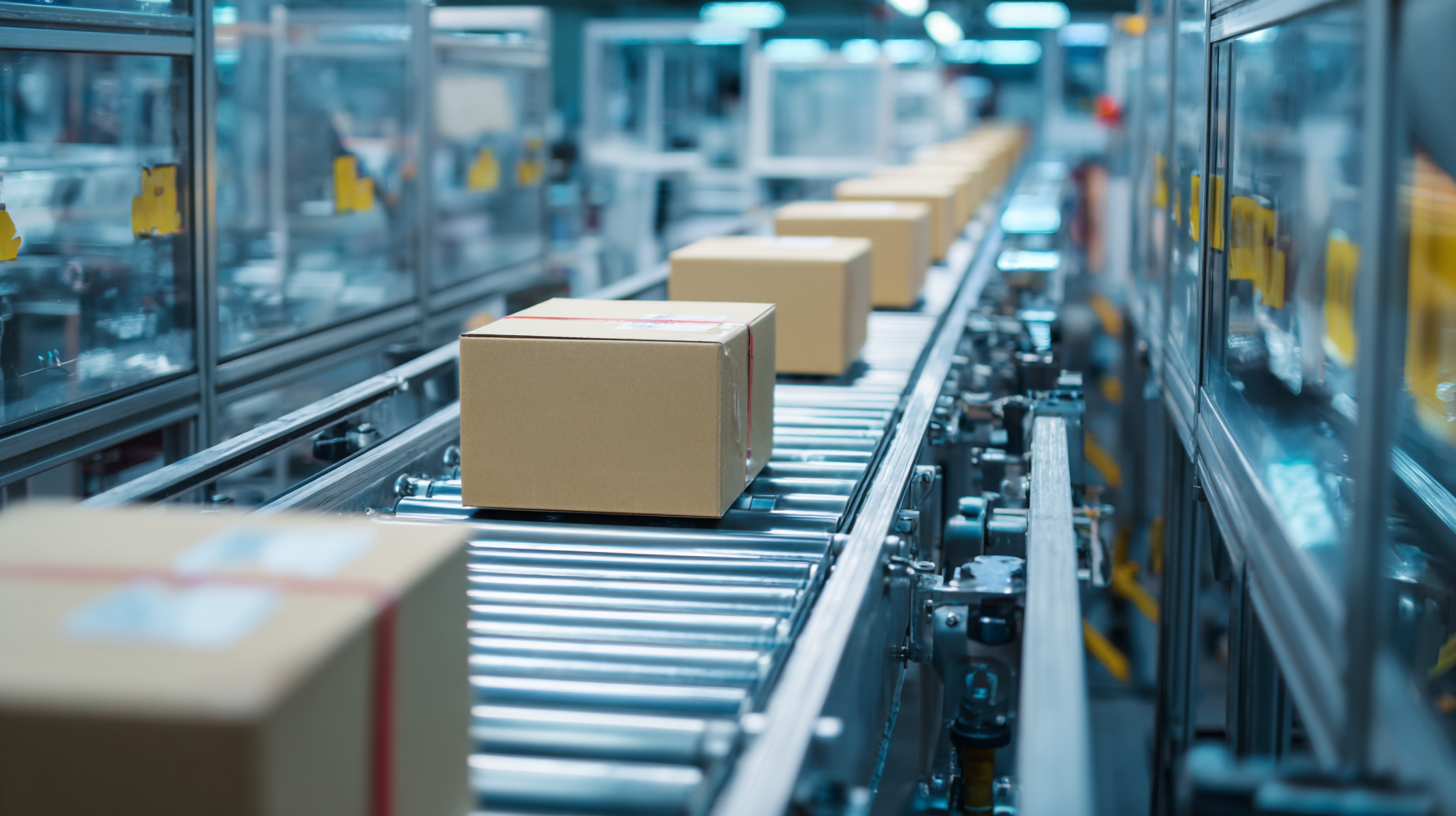
Implementing automated packaging solutions not only streamlines operations but also reduces labor costs and minimizes waste. Companies leveraging these technologies can optimize their packaging processes, resulting in faster turnaround times and increased responsiveness.
Tips: Consider integrating automated systems that align with your current infrastructure to maximize efficiency. Regularly assess and update your packaging strategies to keep pace with emerging technologies. Embrace data analytics to monitor performance and enhance supply chain decisions based on real-time insights.
Key Technologies Driving Automation in Packaging Solutions
Automated packaging has revolutionized the way products are handled in the supply chain, significantly enhancing efficiency and reducing operational costs. At the heart of this transformation are key technologies that drive automation in packaging solutions. One notable technology is the use of robotic arms, which can perform repetitive tasks with precision and speed. These robots are equipped with advanced sensors and artificial intelligence, allowing them to adapt to different packaging requirements and ensure consistency in performance.
Another critical technology is machine vision systems, which play a vital role in quality assurance. These systems can inspect products on the assembly line, identifying defects and ensuring that only items meeting quality standards are packaged. This not only reduces waste but also enhances customer satisfaction by guaranteeing that only top-tier products reach the market. Moreover, integration of the Internet of Things (IoT) enables real-time monitoring and data analysis, allowing companies to optimize their packaging processes based on performance metrics and market demands. Together, these technologies are streamlining the packaging phase of the supply chain, fostering greater efficiency and responsiveness.
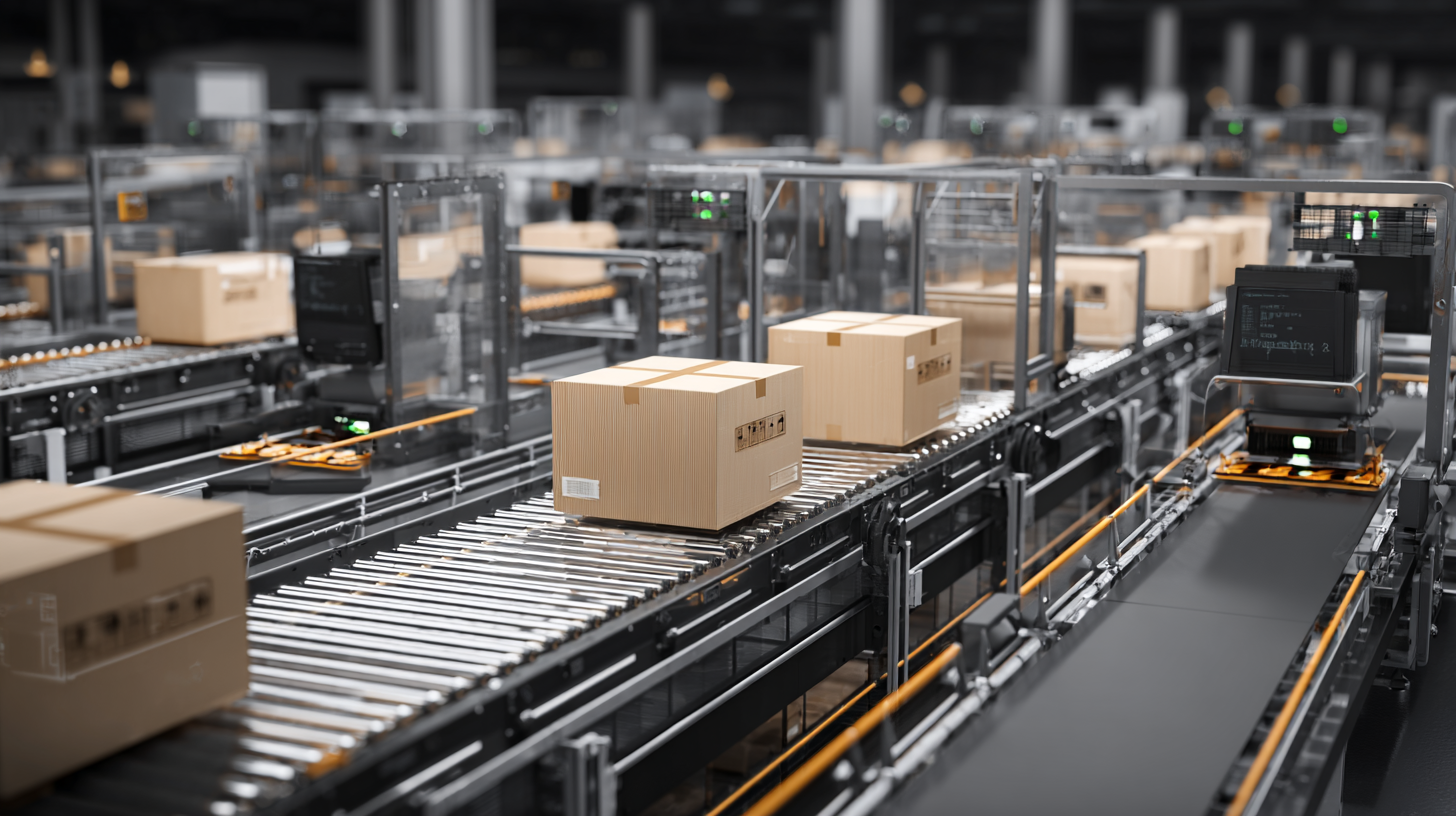
Benefits of Automated Packaging on Operational Efficiency
Automated packaging systems have significantly transformed operational efficiency in modern supply chains. By streamlining the packaging process, companies can reduce manual labor costs, minimize human errors, and increase overall productivity. Automated systems ensure consistent packaging quality and speed, allowing businesses to meet rising consumer demands without compromising on accuracy or safety. This can be particularly beneficial in high-volume production scenarios where time and precision are paramount.
Moreover, automated packaging technologies contribute to enhanced supply chain visibility and flexibility. With real-time data tracking, businesses can monitor their packaging workflows, identify bottlenecks, and make informed decisions that lead to optimized resource allocation. This agility not only improves response times to market changes but also facilitates a more sustainable approach by reducing material waste and energy consumption. As a result, companies adopting automated packaging solutions are better positioned to respond to the dynamic needs of the market while driving down operational costs.
Impact of Automated Packaging on Operational Efficiency
This chart illustrates the benefits of automated packaging on operational efficiency across various dimensions such as time savings, labor reduction, and error minimization.
Challenges and Considerations for Implementing Automation in Packaging
The implementation of automation in packaging can significantly enhance supply chain efficiency, yet it poses unique challenges and considerations that companies must address. According to the State of Automation report from MHI, 80% of supply chain leaders indicate that automation is critical to their success. However, transitioning to automated packaging systems can be complicated due to the high initial investment costs and the need for specialized training. For instance, research by PWC suggests that the average return on investment for automation in manufacturing can take anywhere from 1 to 3 years to realize, which can be a deterrent for companies with tighter budgets.
Furthermore, integrating automation into existing packaging processes requires careful planning and adaptability. Over 40% of firms report that one of the greatest obstacles is the technological compatibility between new systems and legacy equipment. Additionally, as stated in the Logistics Management survey, nearly 30% of companies face challenges regarding workforce resistance to adopt new technologies. To navigate these hurdles, organizations must foster a culture that embraces innovation and invest in comprehensive training programs to upskill employees, ensuring a smoother transition to automated systems.
Future Trends: How Automation Will Shape Supply Chain Strategies
The rise of automation in packaging is not merely a trend; it represents a fundamental shift that is set to reshape supply chain strategies significantly. According to a report by McKinsey, automated processes can reduce packaging-related operational costs by 20-30%, leading to enhanced overall efficiency. This efficiency gain is crucial in an age where companies are striving for leaner operations and faster delivery times. As consumer demands shift towards rapid fulfillment, automation in packaging offers the agility needed to meet these heightened expectations.
Furthermore, companies must consider the impact of automation on their workforce and skill requirements. A study by the World Economic Forum indicates that by 2025, automation could displace 85 million jobs, but it could also create 97 million new roles, particularly in tech-driven fields. This dynamic suggests that while automation will enhance supply chain efficiency, it will also necessitate a strategic approach to workforce development and training. Businesses will need to invest in upskilling their employees to work alongside automated systems, ensuring they can adapt to evolving technologies and sustain competitive advantages in the marketplace.
Related Posts
-
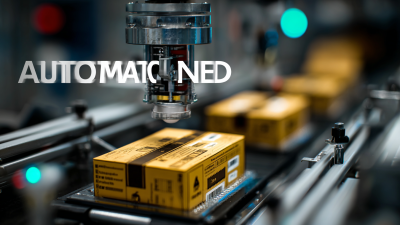
Ultimate Guide to Choosing the Best Automated Packaging Solutions for Your Business Needs
-

Maximizing Efficiency in Automated Packaging Systems with Cost Effective Maintenance Solutions
-
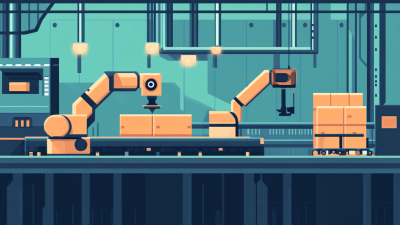
7 Benefits of Choosing Packaging Robots for Your Business Efficiency
-
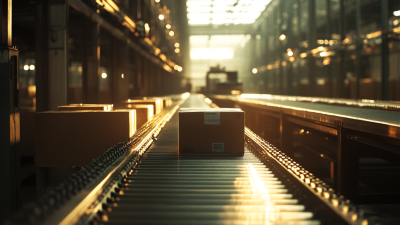
Smart Automation for Global Packaging Solutions Quality You Can Trust
-
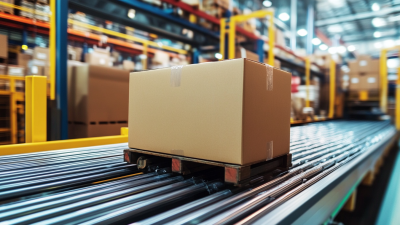
The Future of Best Packaging Machinery Integrating Automation and Sustainability Trends
-

In Depth Comparison of Different Carton Erector Machines for Your Business Needs
